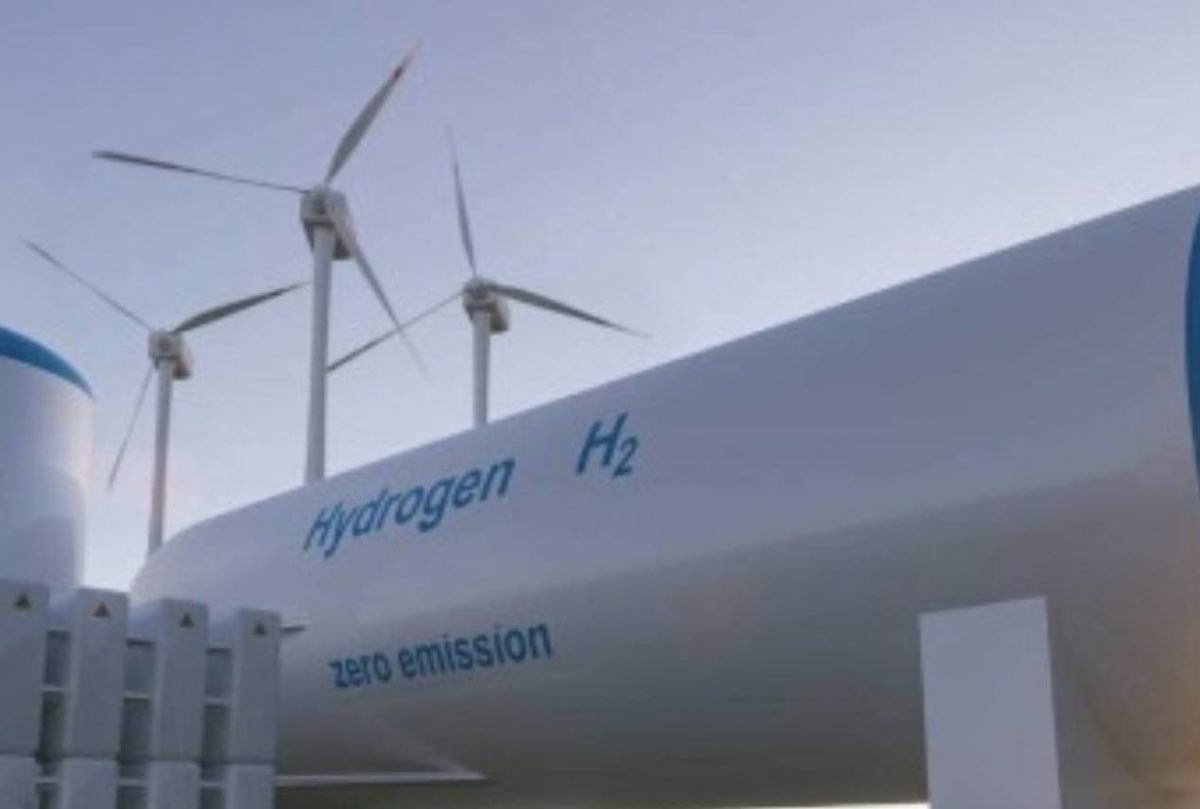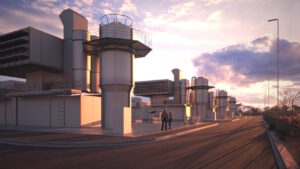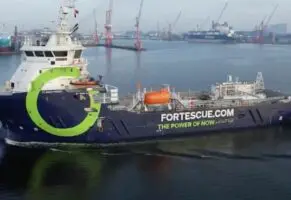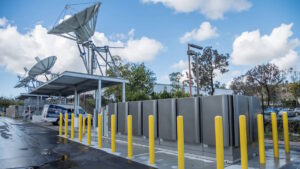Green hydrogen producers may be able to name the value of the government subsidy they receive, under the proposed hydrogen production credit scheme that is being rolled out to ensure Australia can capture a share of the capital that is flowing to the technology.
The $2 billion Hydrogen Headstart scheme – flagged in the federal budget – will support projects sized upwards of 50 megawatts (MW) for 10 years with production credit subsidies, with a goal of 1000 megawatts (MW) of electrolyser capacity by 2030, through at least two large scale projects.
The plan is set to start in fiscal 2027.
But unlike international schemes where production is subsidised with a $3 or $4 top up per kilogram produced, the Australia version proposes to allow recipients to nominate their own figure.
“As part of the application process, applicants will nominate a HPC value (per kilogram or equivalent metric) that should represent the difference between the expected sales price to each offtaker and the applicant’s cost of production (inclusive of a justifiable return on capital),” says the proposal, released by federal energy minister Chris Bowen.
Applicants will need to outline a maximum production cap over the 10-year period, but no minimum production level will be enforced.
However, as costs come down and sales come up, the government wants a 50:50 share in the profits of any upside and if the new industry start going gangbusters, the subsidy recipient will need to pay back some of the credit.
Hydrogen produced using coal gasification or steam methane reforming (SMR) coupled with carbon capture and storage (CCS) technology is not eligible for the subsidy.
In the 2023 federal budget, the government promised $2 billion to jump start the industry and hinted at following the lead set by the US, Canada and the EU to subsidise production via a tax credit.
The proposal is a direct response to international actions that are already sucking talent and investment away from the nascent industry in Australia.
The proposal is currently up for consultation and points out that international schemes put extra conditions on the subsidised, including only using power from new build renewable projects or time matched renewable energy, limitations on proposed end uses of hydrogen such as the UK scheme excluding gas blending, and excluding exports.
Time to review the national strategy too
The federal government has also launched a consultation to revamp the National Hydrogen Strategy in recognition of the fact that despite Australia’s advantages, other countries are catching up quickly and global subsidies are leaching away investment.
The review will update the strategy for an industry that now looks very different to when the initial plans were sketched out in 2019, minister for climate change and energy Chris Bowen said.
“Australia is well on track to build an innovative hydrogen industry that will bring immense economic opportunities across the country, especially in the regions that have always powered Australia,” he said.
“We have up to $300 billion of potential renewable hydrogen investments in the pipeline, the largest in the world – but we face huge competition from other countries.”
At no point in statements from Bowen’s office, nor from ARENA, were exports mentioned although the government did hint that Australia is ready to be a serious international player with its $38.2 million Guarantee of Origin Scheme.
In what could be a tacit acknowledgment of the difficulties and cost of exports, that part of the sector is relegated to three paragraphs at the end of the national strategy consultation document.
Australia needs to get its act together quickly
The review paper is open for consultation until 18 August. It doesn’t wait to get to the point, outlining the problems Australia faces on the second page.
“While positive for the emergence of a global hydrogen industry, these international actions present potential risks to Australia’s hydrogen industry in terms of increasingly competitive supply chains, the diversion of foreign investment away from Australia, and competition for our potential hydrogen based export industries,” it says.
The 2022 State of Hydrogen Report was optimistic about Australia’s natural advantages of renewable energy potential and as a “trusted” energy exporter.
But the latest document notes that by the end of last year only a single Australian project with a capacity of at least 10 megawatts (MW) had reached a final investment decision (FID), the Gibson Island Green Ammonia project, despite the country claiming around 40 percent of all announced global hydrogen projects.
“This compares to almost 1400 MW of capacity in the European Union, and 300 MW of capacity in the United States, of such projects to reach FID.”
In June 2023, the Australian Gas Infrastructure Group’s 10 MW electrolyser at Hydrogen Park Murray Valley was the second to reach financial close.
Australia’s current investment commitment pales in comparison with the US Inflation Reduction Act, which is paying $US3/kg on green hydrogen production credits as part of the $US369 billion ($557 billion) spend on energy security.
In November, Canada proposed a 15-40 per cent clean hydrogen investment tax credit to compete with the IRA, the EU intends to launch a €800m ($1.3 billion) pilot auction in December, and the UK is designing a contracts for difference program.
If Australia does not match that kind of spending, production will be delayed until after 2030 because of a lack of investment and workforce, suggests consultancy Deloitte.
The scale of global demand for skilled workers and electrolysers will explode, with the International Energy Agency forecasting a total global electrolyser capacity of 130 gigawatts (GW) by 2030, including 30 GW of electrolyser capacity in Australia, up from 0.3 GW in 2022.
But it does update the list of where green hydrogen might be useful within the Australian economy: ammonia for both domestic and export use, replacing fossil gas used in industry and in peaking power plants, heavy transport and trucking despite mining giants BHP and Fortescue shifting away from this direction, shipping and aviation fuels, replacing diesel and fossil gas generators in remote communities, in green steel production, and in food production.
Conflicting messages about renewables need
But if Australia wishes to achieve hydrogen goals, it also needs to make this work with its current emissions and renewable energy targets, all of which contradict each other.
Currently, Australia has a target of 82 per cent renewables in the grid by 2030. But to support a gigawatt of electrolyser capacity — or even 30 GW as per the IEA — Australia will need multiples of renewables that current planning isn’t factoring in.
“Analysis by ClimateWorks and ARENA found as much as 364,000 tonnes (44PJ) of hydrogen is required to be produced by 2030 and 2,230,000 tonnes (268PJ) is required by 2050 to support industrial decarbonisation,” the consultation paper says.
“This level of production will likely require extensive deployment of renewable electricity generation, many multiples of the current size of our electricity grids, which may saturate existing Renewable Energy Zones in coming decades.
“The growth of the hydrogen sector may present trade-offs regarding the prioritisation of the 82 per cent national renewable electricity target, or competition for existing water intrastructure. However, hydrogen also presents an opportunity to enhance grid stability and could contribute positively to regional water security issues through the development of shared infrastructure.”
Last week IEEFA produced a report suggesting the situation is even more fraught than simply making trade-offs.
It said that Australia’s myriad goals and legislated targets are too low to meet its commitment to limit climate change to 1.5°C above pre-industrial levels, and that the only plan available in the country right now, is the Australian Energy Market Operator’s Integrate System Plan, which is only for electricity.








